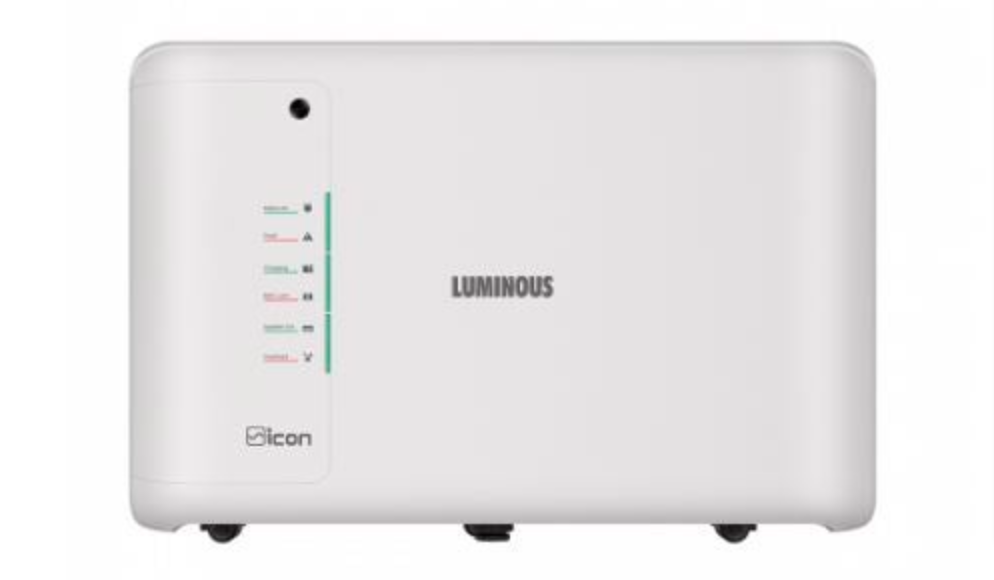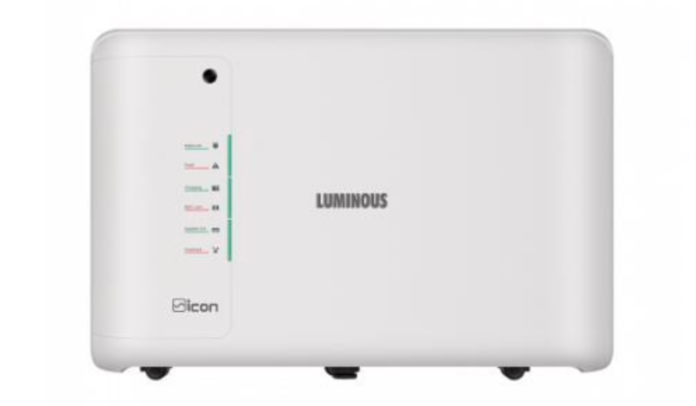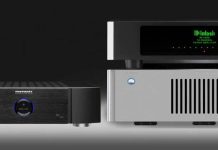Inverters are a common sighting in Indian households, primarily owing to frequent power cuts and electricity shortages. While these challenges are largely faced by people residing in remote areas, even many metropolitan cities experience power outages, making inverters the ideal solution. But if you were to look for an inverter in the market today, you’d find a plethora of options because of new technologies and innovations.
However, there is still a lack of knowledge about some of these inverters, with single-phase inverters being one such example. Hence, this guide will explain everything you should know about single-phase inverters. But first, let’s understand the basics of power inverters.

Understanding How Inverters Work
In broad terms, an inverter converts Direct Current (DC) into Alternating Current (AC) at the required voltage output and frequency to power appliances. It is commonly used for backup power supply in households and in stand-alone electronic equipment such as Uninterruptible Power Supplies (UPS) and solar PV systems.
Furthermore, inverters are classified into three types based on their output waveform:
- Square Wave Inverters – These inverters function using square wave output and are the oldest in the market. However, since a square wave inverter does not produce pure Alternating Current (AC) signal, they are quite cheap and can damage equipment, making them obsolete.
- Modified Sine Wave Inverters – As the name suggests, these inverters generate modified sine wave output instead of pure sine wave output. However, they are commonly used across the country despite having a somewhat complex manufacturing process.
- Pure Sine Wave Inverters – Pure sine wave inverters are highly efficient and the most expensive inverters in the market as they produce pure sine wave output. These are popularly used across commercial and industrial areas due to their enhanced performance.
While the above classifications depend on an inverter’s output waveform, the other two are based on the load, namely single-phase inverters, and three-phase inverters.
Single Phase Inverters
In simple terms, single-phase inverters are used to run single-phase electricity loads, most commonly found in residential areas. Single-phase electricity is transferred through two wires, active and neutral. While the former acts as a pathway for the power coming from the local grid, the latter provides a path back to the source, the switchboard. Both these wires of a single-phase inverter work together to ensure an uninterrupted power supply and prevent electrocution.
A single-phase inverter is further classified into two types:
- Single-Phase Half-Bridge Inverter: An essential element/building block of full-bridge single-phase inverters, it has two switches that function simultaneously, meaning the supply voltage is divided into two equal parts.
- Single-Phase Full-Bridge Inverter: In this type of single-phase inverter, only a single switch is in conduction at once, and there are a total of four different operating states.
Three-Phase Inverters
While a three-phase inverter has four wires, only three remain active when the inverter is in use. The inverter converts the Direct Current (DC) output into a three-phase Alternating Current (AC), hence the name. It is mostly used for industrial, commercial, and other heavy-duty applications. Additionally, three-phase inverters have two modes of conduction, 180 degrees and 120 degrees, depending on the appliances being used.
If you’re wondering whether you need to install a single-phase inverter or a three-phase inverter, it depends on the property you reside in. For instance, if the power supply in the building is single-phase, you will have to install a single-phase inverter. But if the power supply is three-phase, you can go for both single and three-phase inverters.
However, it is vital to buy high-quality inverters from reliable and reputable brands such as Luminous. Luminous offers a wide range of inverters that are efficient, cost-effective, and best-in-class. Explore their website today and equip your home with the best single-phase inverters!
































